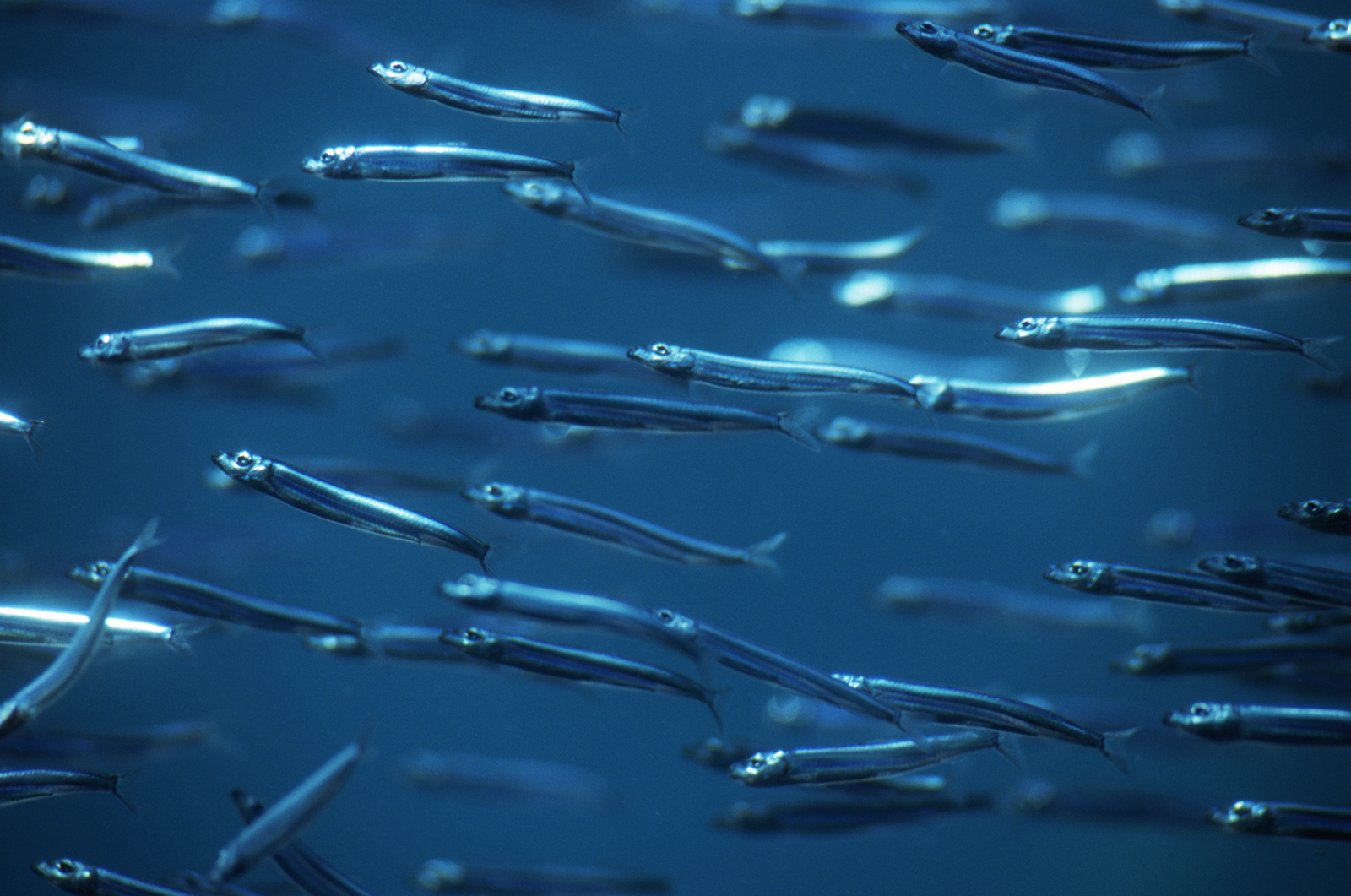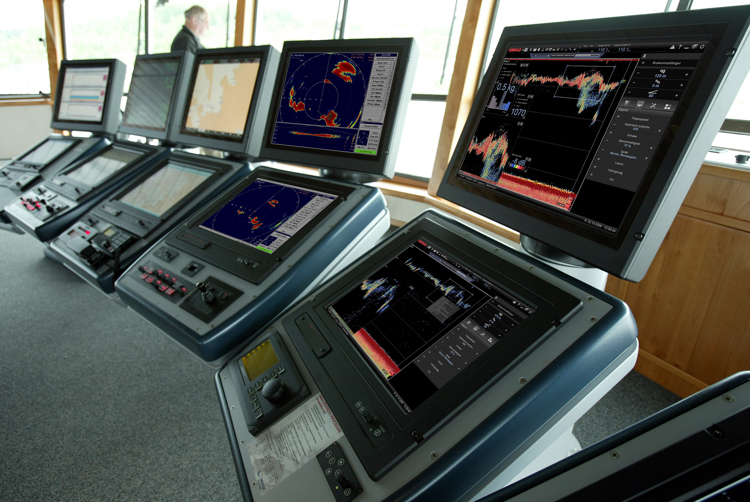
The ES70 is an echosounder which allows you to distinguish between a 9 cm and an 11 cm long anchovy.
-
Text:TORBJØRN EKELUND
Photo:NATURE PICTURE LIBRARY
-
Ove Ronny HaraldsenGroup Communication Manager
There have been numerous developments in echosounders since the days when Simonsen’s radio factory, later to be Simrad, launched their very first echosounder at the start of the 1950s. Product Director in Kongsberg Maritime’s Subsea Division, Ole Bernt Gammelsæter, explains that the ES70 model represents an enhancement of technology introduced with the ES380 model in 1984.
“The ES380 could measure the size of fish. At that time, this was quite a revolutionary concept. The ES380 was also produced as a separate version for research into fisheries. The utilisation of acoustic methods for measuring fish stocks is seeing a steady increase in all maritime nations worldwide. And this method has mainly been developed by the Institute of Marine Research in Bergen - using instruments from Simrad,” explains Mr. Gammelsæter.

The principles of an echosounder The ES70 represents an advanced development of this technology, comprising major improvements in the form of new software with an attractive user interface, extremely high resolution and the capacity to measure seafloor hardness and so-called biomass, which indicates the density of fish.
“Can you help us understand the basic principles behind an echosounder?”
“The real question is, why do we use sound in water. Electromagnetic waves such as radar and light are absorbed very quickly in water and have very little range. This is not the case with sound waves, and low frequencies can have a particularly long range. An echosounder has a screen nearby the helm and a unit placed under the boat.
This unit has a sound transformer (transducer) which transmits high frequency sound waves through the water. These hit the seabed or a shoal of fish in the water column and send an echo back which is captured by the transducer. The ES70 often has several transducers with different frequencies in order to enhance precision,” continues Mr. Gammelsæter.
The principles of an echosounder The ES70 represents an advanced development of this technology, comprising major improvements in the form of new software with an attractive user interface, extremely high resolution and the capacity to measure seafloor hardness and so-called biomass, which indicates the density of fish.
“Can you help us understand the basic principles behind an echosounder?”
“The real question is, why do we use sound in water. Electromagnetic waves such as radar and light are absorbed very quickly in water and have very little range. This is not the case with sound waves, and low frequencies can have a particularly long range. An echosounder has a screen nearby the helm and a unit placed under the boat.
This unit has a sound transformer (transducer) which transmits high frequency sound waves through the water. These hit the seabed or a shoal of fish in the water column and send an echo back which is captured by the transducer. The ES70 often has several transducers with different frequencies in order to enhance precision,” continues Mr. Gammelsæter.

PROTECTION FOR SMALL FISH
He goes on to explain that the world is full of creatures and fish which make use of the same principle when navigating and hunting for food. Whales use echosounding to find fish. And bats use the same method to find insects.
“We learn from these animals and copy a good number of the principles they display,” explains Mr. Gammelsæter.
“How precise is the ES70?”
“The highest precision provided is a resolution of 4.8 cm. That means that you will be able to see a small detail measuring 4.8 cm sticking out from the seabed.”
“That must be a huge improvement for the fishing industry?”
“Of course, particularly for trawlers. Not only can you see the fish, you can actually see how much fish there is. With the ES70, you can measure the size of the fish and the shoal density. The system’s echogram and size distribution can also partly allow you to determine what kind of fish you can see.”
“And this makes for higher precision when fishing?”
“Exactly. That’s where our slogan comes from, ‘Technology for sustainable fisheries’. With the ES70, you catch the fish you want and avoid the fish you don’t want or fish that are too small,” explains Mr. Gammelsæter.
He recounts a trip he took onboard a Spanish trawler fishing for anchovies, when he was able to see in person exactly how precise the ES70 can be when used by professionals.
“They fish for both sardines and anchovies in Spain. Anchovies are much more in demand than sardines, but there are less anchovies than sardines to fish. What’s more, you have to fish for anchovies at night and deliver them the very next morning. Anchovies have to be over 11 cm in size, but you get the best prices for the smallest fish.”
“So the Spanish fishermen are looking for anchovies as close to 11 cm as possible?”
“That’s right. I set sail at night-time onboard what they call a seiner, a boat which fishes using a purse seine. The captain sailed over the shoal and kept checking and re-checking, but the echosounder indicated that the fish were only 9 cm long and were too small. He headed off for a new area to find a new shoal, so the small fish were saved,” explains Mr. Gammelsæter.